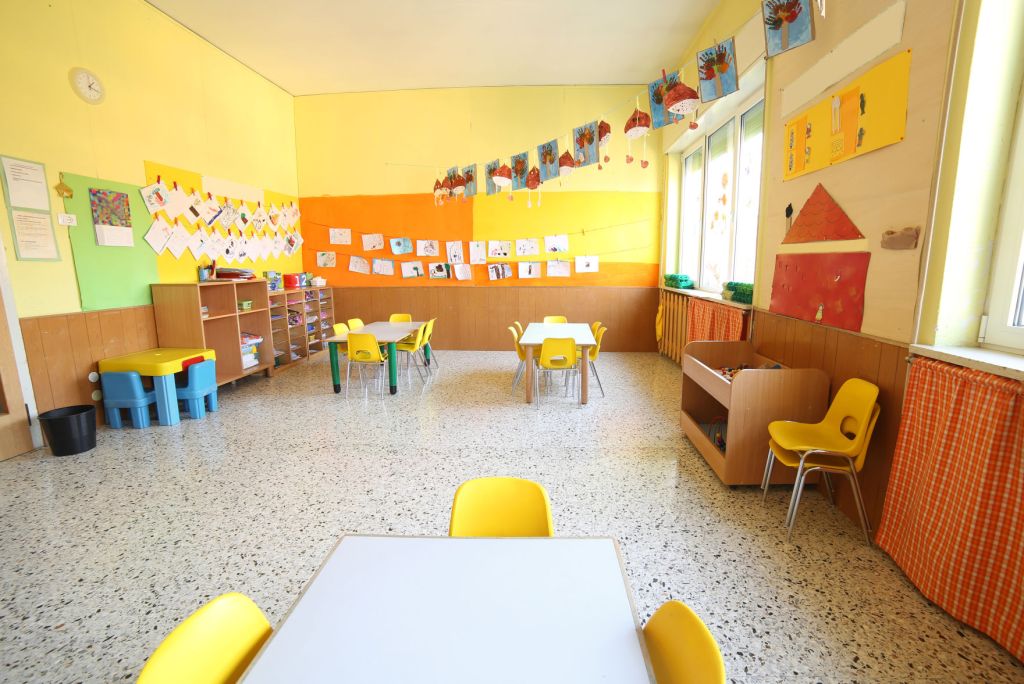OPINION: It’s time to invest in child care as essential infrastructure
Published 10:55 am Monday, May 22, 2023

- child care
Investing in Oregon’s child care system is more than a reflection of our values as a state, it’s a necessary step to build better futures for children, more income for families, and inclusive economic growth.
Unfortunately, recent discussions among state lawmakers who favor saving the rainy day fund instead of investing in critical state infrastructure, including child care, are cause for concern.
While we must be financially responsible in uncertain times, delaying investments in our child care system would be shortsighted given the direct impacts on the stability of families and Oregon’s economy.
In recent years, public investments have paved the way for increased access to affordable, culturally-specific child care for more Oregon families, and also rescued the sector from utter collapse during the COVID-19 pandemic.
But here’s the dilemma: short-term funding cannot solve the deep and longstanding challenges that plague this essential industry. Meaningful, sustained support in the form of long-term state investments are needed to help stabilize the sector and grow child care supply in our state.
Without the stable infusion of state funds that allow child care providers to adequately compensate and provide career paths for child care professionals, more centers will continue to close — not only harming families but also undermining Oregon’s commitment to build a more prosperous economy for all Oregonians.
The 2023 biennium budget presents a vital opportunity for Oregon lawmakers to pass a budget to protect the progress we have made and continue to work towards building capacity, adequately compensating child care workers, and expanding access to more families.
We’ve seen that lack of affordable, quality child care poses a significant barrier to workforce participation and economic growth in Oregon, particularly in areas where child care services are scarce. In Clackamas County, for example, only 13% of 0-2-year-olds had access to child care facilities in 2020, making it difficult for families to access the care they need in order to be able to work.
This challenge prevails for many families across the state and we can see how it impedes economic growth. According to data from the Oregon Employment Department, 71% of job openings in the state during winter 2022 were considered difficult to fill, up from 51% in 2020.
Investing in quality child care infrastructure is one critical way to ensure Oregon has the workforce it needs to fill these job openings.
It’s simple: if we want to build a stronger economy in Oregon, we must continue to make investments in our child care system. We know that when parents have stable access to child care, it’s a win-win for families and our state’s economy: job absences decrease by 30%, and turnover can decline by 60%.
On the other hand, turnover due to lack of child care is expensive, not only for parents but also for employers, costing businesses 20% of an hourly employee’s salary and up to 150% of a manager’s salary.
Investing in quality child care infrastructure is not only crucial for supporting families but also for driving job creation, particularly for women and people of color. The majority of Oregon’s child care workforce is made up of women, with a disproportionate number being Black, Indigenous, and women of color. By investing in necessary childcare infrastructure across the state, we also create new job opportunities and drive economic activity in this essential sector.
We cannot afford to wait any longer to make the investments that our child care system needs. It’s not just a matter of doing what’s right for our families and children; it’s also a matter of doing what’s best for our state’s economy.
Child care is essential infrastructure and is just as worthy of funding as our bridges and roads. I urge Oregon lawmakers to fund this critical infrastructure in the 2023 biennium budget.





